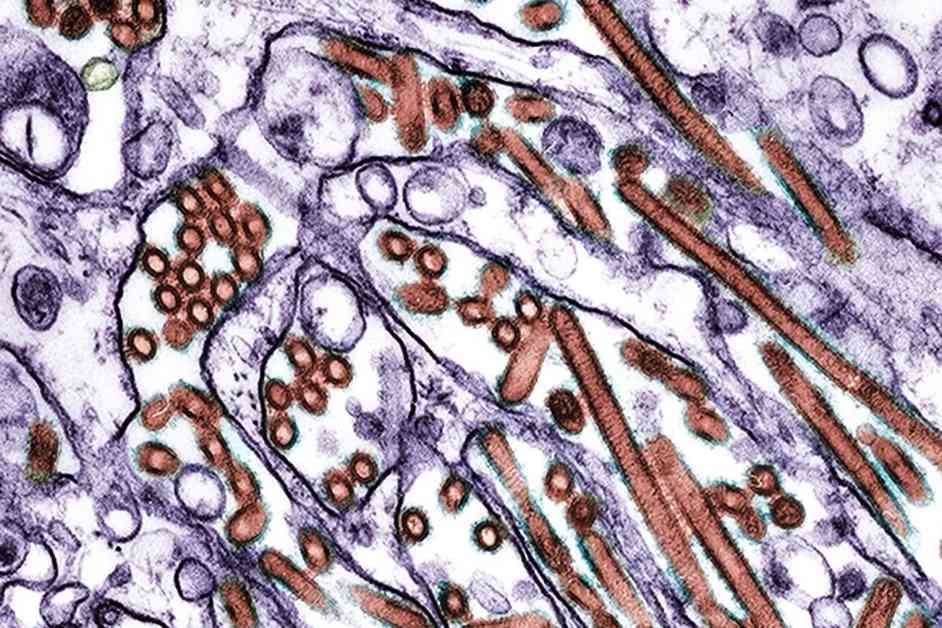The Centers for Disease Control and Prevention recently reported that additional health care workers in Missouri developed mild respiratory symptoms after being exposed to a person hospitalized with confirmed H5N1 infection. Blood samples were collected for antibody testing, and the CDC continues to monitor for signs of unusual flu activity.
Another health care worker in Missouri reported respiratory illness symptoms after exposure to the H5N1-infected person, but was not tested for the virus. This lack of testing and transparency has raised concerns among experts, particularly regarding the potential for human-to-human transmission of the highly pathogenic bird flu strain.
Experts emphasize the importance of serological testing for all contacts of the infected individual to determine previous exposure to H5N1. The delay in public information about the Missouri case has highlighted the need for more rapid testing and disclosure of positive cases to prevent potential outbreaks.
The investigation into the Missouri case is ongoing, with the CDC providing assistance. However, there has been limited information shared about the state’s efforts to contain the virus. Improved communication and collaboration between public health agencies and the CDC are crucial to prevent the spread of H5N1.
There are concerns about the lack of testing and vaccination among high-risk groups, such as dairy farm workers. Experts suggest offering H5N1 vaccines to these individuals and even considering vaccinating cows to prevent further spread of the virus. Additionally, encouraging seasonal flu vaccination among high-risk groups may help reduce the risk of reassortment and the emergence of more virulent strains.
Overall, the Missouri case highlights the importance of proactive testing, rapid response, and collaboration between public health agencies to prevent potential pandemics. By prioritizing public health readiness and implementing comprehensive testing and vaccination strategies, the U.S. can better prepare for and contain outbreaks of infectious diseases like H5N1.










